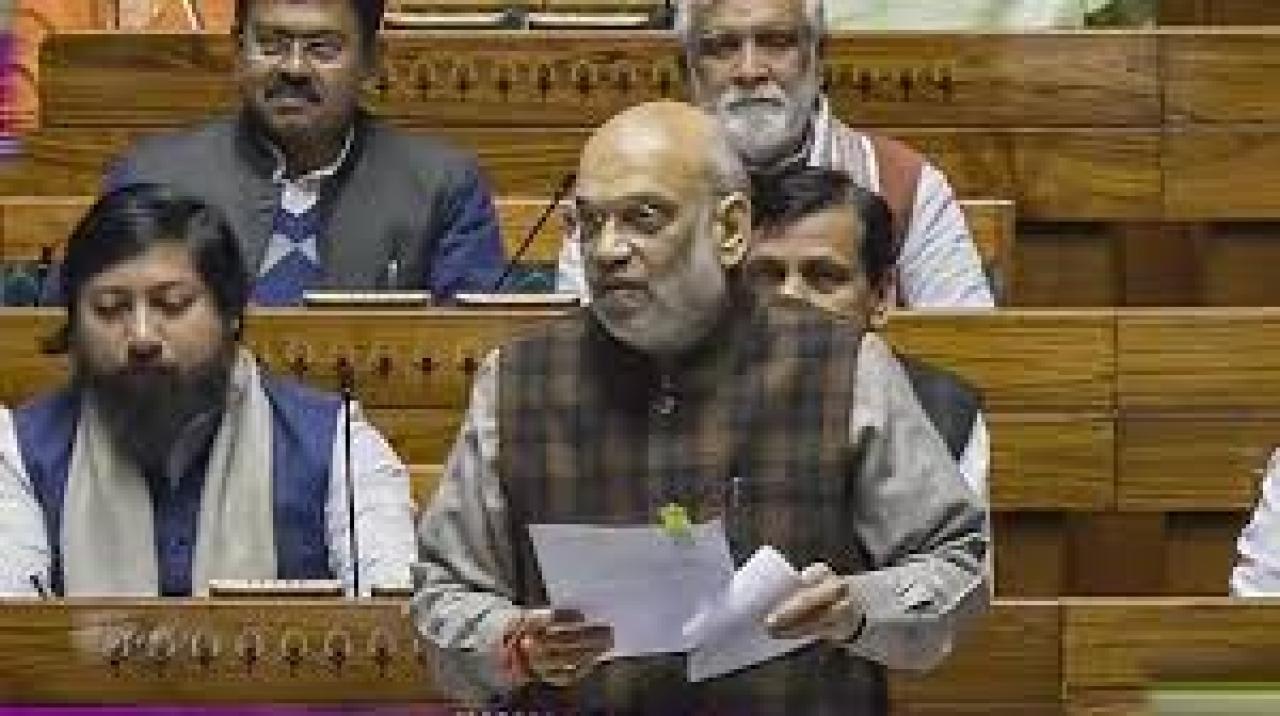
According to a recent estimate, the Indian electric two-wheeler market is currently valued at approximately $1.2 Bn Around 60% of sales is coming from urban centres like Delhi, Mumbai, Pune, and Bengaluru Programs like FAME II provide substantial subsidies, while tax benefits and exemptions on road taxes make the initial investment in electric two-wheelers more affordable The growth of the electric two-wheeler market in India is nothing short of remarkable. According to a recent estimate, the market is currently valued at approximately $1.
2 Bn, and driven largely by Tier I cities, where the need for eco-friendly, efficient transportation is at its highest. With over 60% of sales coming from urban centres like Delhi, Mumbai, Pune, and Bengaluru, the demand for electric two-wheelers is clearly on the rise. A broad and diverse audience that spans young professionals, environmentally conscious individuals, and budget-conscious commuters.

Whether it’s the appeal of reducing one’s carbon footprint or the practicality of saving on transportation costs, electric two-wheelers are attracting a wide range of users. Indian brands are stepping up to meet this demand, developing vehicles that cater to this diverse market, from sleek models designed for urban professionals to more affordable options for students and daily commuters. Beyond the diverse customer base, the Indian electric vehicle (EV) industry faces several notable challenges.
These include the lack of adequate charging infrastructure and high upfront costs associated with battery technology and production scalability. However, leading manufacturers are rising to the occasion , integrating innovative solutions that make electric two-wheelers more accessible and reliable. For instance, many manufacturers now offer state-of-the-art features such as detachable batteries for easier charging, geo-tracking security systems, and cutting-edge motor technology.
These advancements are easing user concerns while positioning electric two-wheelers as a viable, long-term solution for urban mobility. Traffic congestion has long been a bane of urban India, with daily commutes stretching hours longer than necessary. Electric two-wheelers are changing that dynamic.
Their compact design and agile manoeuvrability make them ideal for weaving through heavy traffic, reducing congestion in densely populated areas. These vehicles offer commuters an escape from the gridlock, shortening travel times and improving the overall flow of traffic in cities notorious for their bottlenecks. The ability to move quickly and efficiently through crowded streets is not just a convenience – it’s a necessity.
As urbanisation accelerates, our cities need smart, scalable solutions that alleviate the strain on infrastructure. Electric two-wheelers are providing exactly that, offering urbanites a way to bypass the worst of traffic while contributing to a smoother, more efficient urban transport system. Moreover, some electric two-wheeler brands are developing models with enhanced stability features such as low wheelbases and high ground clearance, making them more versatile for India’s often uneven urban terrain.
The introduction of these performance-enhancing features ensures that electric two-wheelers not only beat the traffic but do so safely and reliably. India’s struggle with air pollution is well documented, with many of its cities regularly topping global rankings for poor air quality. Electric two-wheelers present a solution that doesn’t just help commuters; it helps entire communities breathe easier.
With zero tailpipe emissions, these vehicles drastically reduce pollutants that contribute to smog and health issues, offering a cleaner, greener alternative to traditional petrol-powered motorcycles and scooters. Beyond the environmental benefits, electric two-wheelers also tackle another pervasive urban problem: noise pollution. In cities filled with the constant hum of engines and honking horns, the near-silent operation of electric vehicles creates a quieter, more peaceful urban soundscape.
This shift toward quieter transportation not only improves mental well-being but also enhances the quality of life for city dwellers who often feel overwhelmed by the cacophony of urban life. One of the most compelling reasons for the rapid rise of electric two-wheelers is their affordability. With skyrocketing fuel prices and the high maintenance costs of conventional vehicles, electric two-wheelers offer significant savings.
Not only do they eliminate the need for fuel, but they also require far less maintenance, thanks to fewer moving parts and the simplicity of electric engines. For everyday commuters, this means lower running costs, making electric two-wheelers a financially smart choice. In addition to savings on fuel and maintenance, government incentives make these vehicles even more appealing.
Programs like FAME II provide substantial subsidies , while tax benefits and exemptions on road taxes make the initial investment in electric two-wheelers more affordable. Some manufacturers are also addressing concerns around battery durability, offering warranties that cover up to three years or introducing IP67-rated water and dust resistant features to ensure longer lasting vehicles. Despite the obvious benefits, the widespread adoption of electric two-wheelers faces significant hurdles, primarily around charging infrastructure.
In many cities, the lack of readily available charging stations limits the appeal of these vehicles for longer commutes. However, both government initiatives and private sector investments are rapidly addressing this issue. The expansion of EV charging networks is a key priority, ensuring that users can charge their vehicles with ease and confidence, no matter where they are in the city.
Another pressing concern is battery disposal. As the electric vehicle market grows, so does the need for sustainable battery recycling solutions. Leading brands are investing in sustainable production practices and working to develop eco-friendly battery recycling programs.
Government policies are also evolving to include stricter regulations on battery waste, ensuring that the environmental benefits of electric two-wheelers are not offset by improper disposal methods. India stands at a pivotal moment in its journey toward redefining urban mobility, and electric two-wheelers are the catalyst driving that transformation. They are not just vehicles but a movement; one that challenges the way we think about transportation, sustainability, and the very design of our cities.
In a country where innovation must meet the scale of its population, electric two-wheelers offer more than just convenience; they embody the promise of a cleaner, quieter, and more efficient future. As we look ahead, the question is no longer whether electric two-wheelers will succeed, but how quickly we can embrace their full potential. Each ride represents a shift in mindset, a step toward a future where our cities are not held hostage by pollution and gridlock, but instead thrive with smarter, greener solutions.
It’s time to accelerate this transition – because the future of urban India is electric, and that future begins now..














